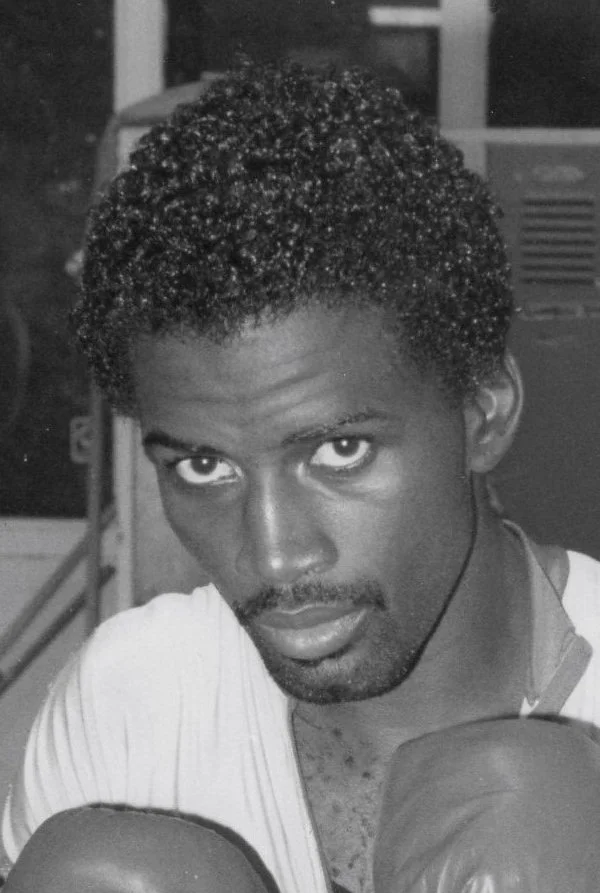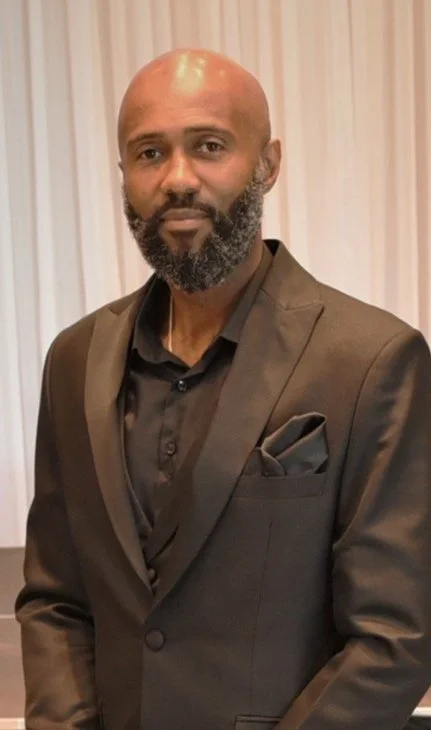Canadian boxing champion Nedrie Simmons came from a family who embraced the sport
Numbers don’t always tell the full story.
That Nedrie Simmons won 13 of his 42 professional fights is insignificant.
What is important are the immeasurable things like work ethic, dedication and courage.
Simmons, who won a Canadian championship in his fifth attempt, died on August 3 at age 64.
In September 1993, he clinched the vacant Canadian Boxing Council lightweight crown in Windsor, the same night the judges thwarted the late Pernell ‘Sweet Pea’ Whitaker’s bid to end Julio Cesar Chavez’s unbeaten professional record.
At age 30, the southpaw defeated Henri Guenette, registering a ninth-round technical knockout.
A punishing left hook to the face startled the hometown fighter early in the round followed by vicious head shots that forced the referee to halt the fight.
“I was determined the judges would not have a say in this bout,” Simmons, who made his professional debut in 1982, told me in an interview.
Who could blame him?
In Simmons’ previous championship fights, he lost three of four (two were for the featherweight title) by split decisions and the other by a unanimous verdict.
“I felt this could be my last chance for a national title,” he pointed out.
Mike Doesburg managed Simmons and was confident his fighter would cross the hurdle.
“Nedrie had gone 12 rounds five times before, so I knew he had the experience to outlast his opponent,” he said.
Four months later in Charlottetown, Simmons lost to Howard Grant in his bid to capture the Canadian Boxing Federation title.
In addition to Canada, he fought in the United States, Guyana, England, Wales and Australia where he was knocked out in the first round in April 1992 by Russian-born Kostya Tszyu a few hours after arriving in Sydney following a two-day journey from Canada.
Simmons, who migrated from Guyana in September 1976, trained many fighters, including six-time world champion Lisa ‘Bad News’ Brown.
“We often sparred and he never missed a session,” she said. “As part of my team, he was in my corner for several fights. He helped me and a lot of other boxers who came out of Cabbagetown Boxing Club. The guy was a boxing junkie and someone you wanted to be around.”
After his boxing career ended in 1996, Simmons worked at the Royal York Hotel (now the Fairmont Royal York).
“He was more than just a colleague,” said Kristen Reimer. “He was a true friend. Despite growing up worlds apart, we found common ground in our shared love for music and our youthful memories. Our conversations were filled with nostalgia, laughter and spontaneous exchanges that made each day special.
“One thing about Ned that always stood out was his talent for writing poetry. His lyrical prose had a way of capturing emotions that I could never quite match. For years, I encouraged him to publish his poems. I even offered to help him print them, and each time, he’d say he would—though he never did. If there’s one thing I wish I could hear right now, it would be Ned reading one of his beautiful poems. I know I’m not alone in that.”
His widow, Dawn Simmons, attests to it.
“He wrote a poem to me that I framed,” she said. “He also loved to write rap songs and dance. He had a book in which he recorded things that meant a lot to him. In it is a story about his mom (she is 87). The title was ‘My Special Lady’ and he talked about how she worked hard so that her children could thrive in life. He also recorded how he got into boxing. He played a lot of sports, but boxing was his favourite.”
Simmons, who once held the North American Boxing Council featherweight crown, came from a popular Guyanese boxing family.
Nedrie Simmons came from a boxing family (Photo by Ron Fanfair)
They include Lennox Blackmoore, who held the Guyana and Commonwealth lightweight titles and fought American Aaron Pryor for the World Boxing Association junior welterweight belt, the late Fitzroy Whyte who was a Guyana middleweight champion before becoming a trainer and Lionel Gibbs who once held the British Guiana welterweight, middleweight and light heavyweight titles before becoming a referee.
Simmons’ family has requested that financial contributions be made to the University Health Network Foundation where he agreed to donate his brain and spinal cord for research.







